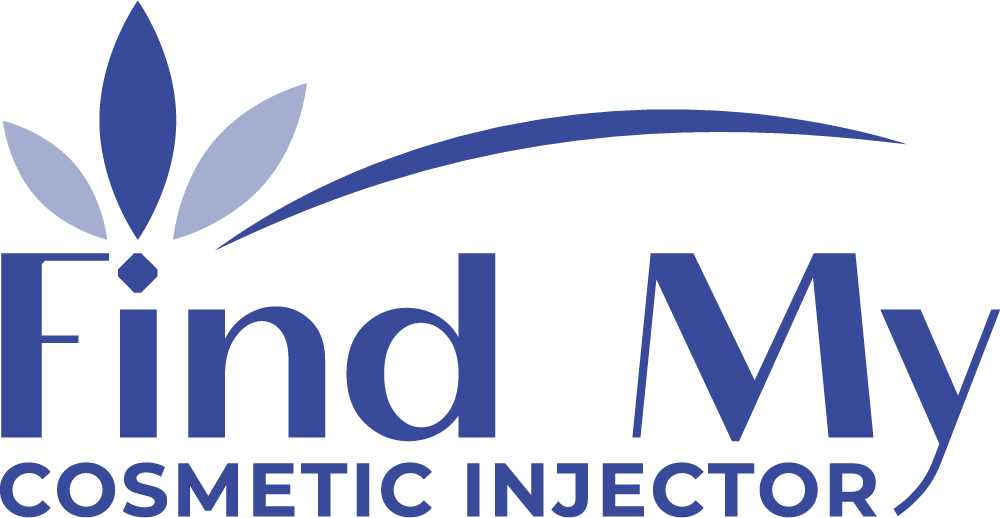
How Big is a Unit of Botox?
When considering whether Botox injections are right for you, it is very important to understand the dosage. Even though most people receive between 10 and 20 units per treatment session, the amount you need may vary depending on your individual circumstances.
A single unit of Botox is equal to one-six hundredth (1/600) of a teaspoon. This means that if you were to receive 20 units of Botox, this would be the approximate equivalent of 2 teaspoons.
Botox is a purified protein that is injected into muscles to block the release of a chemical called acetylcholine. This reduces muscle activity and can help to smooth out wrinkles. Botox is a safe and effective treatment for wrinkles and other signs of aging. It is approved by the U.S. Federal Drug Administration (FDA) and has been shown to be safe when used correctly.
Botox was first launched as a drug in 2002 and has since become one of the most popular nonsurgical cosmetic procedures. The muscle relaxant works by reducing muscle activity and smoothing out wrinkles for up to four months at a time; multiple treatments can extend these effects for up to six months.
What to Expect from Botox Treatments
Now that you understand the dosage, it’s important to know what to expect from your treatment.
Botox is a neurotoxin that temporarily paralyzes muscles, preventing them from contracting. It was originally developed in the 1960s by Dr. Alan B. Scott as an ophthalmologic solution to reduce hyperhidrosis, or excessive sweating of the underarms and palms. It’s now used for cosmetic purposes to help smooth out wrinkles on your face, giving patients a more youthful look.
Botox can also help to improve the appearance of crow’s feet, frown lines, and other areas of the face where wrinkles are common. The treatment involves injecting small amounts of Botox into specific points around your facial muscles to relax them so they can no longer contract, producing smoother skin texture and fewer wrinkles.
Many people will see a noticeable difference in their wrinkles after their first treatment session. However, results may vary depending on your individual case.
The effects of Botox are temporary, generally lasting 3-4 months with treatments spaced about 6 weeks apart. You may need to seek out repeat treatments if you want to maintain your new look or prevent further lines from forming.
Botox is a relatively safe procedure, but there are some risks associated with it, including bruising, swelling, and pain at the injection site. Most people experience only minor side effects that resolve within a few days.
For Those Considering Botox
If you’re considering getting Botox treatment, here are some things you should know:
- The average cost of a Botox treatment is $350-$400 per area.
- A unit of Botox is typically measured by the amount of toxin that is required to produce a desired effect. That means it can be hard to compare prices among providers, as there’s no standard unit by which they’re measuring. A general idea of the cost per placement would be anywhere from $8-$20 per unit and $350-$500 per area treated depending on the provider and location.
- You should expect more than one treatment session, so you’ll want to plan accordingly.
- The main benefit of Botox is that it reduces the appearance of wrinkles for up to four months at a time. So if you’re not looking for anything permanent or if you like your treatments spaced out rather than ongoing, this could be a good choice for you.
- Botox is a safe treatment with very few risks associated with it. The most common side effects are pain or tenderness at the injection site, bruising or swelling, and redness. These often subside within a few days. Serious side effects are rare but can include vision problems due to drooping eyelids, breath issues (including respiratory failure), and heart problems (including death).
- Since Botox is considered safe by the FDA for cosmetic uses like reducing wrinkles, there’s no real limit on how much you can get injected into your face. However, providers don’t recommend getting more than 20 units in one session because it could cause muscle weakness or paralysis that makes your face look slack or mask-like.
If what you want is smoother, younger looking skin that requires less time in front of the mirror every morning, Botox might be a treatment to consider. It’s more expensive than waxing or chemical peels, but it has no downtime and provides longer lasting results with repeat treatments.
The main things to consider when getting Botox treatment are cost (both how much the procedure costs and how frequently you need to get treatments) and risks (the most common side effects are pain/tenderness at the injection site, bruising/swelling, redness).
You should also be aware that results can vary based on the amount of toxin injected, your gender (men tend to experience less improvement), and where you’re getting Botox in your face (such as in areas with more muscle movement like your forehead).
If what you’re looking for is treatment that provides longer lasting results without ongoing treatments or significant side effects, injectable dermal fillers might be a better fit for you than Botox.
